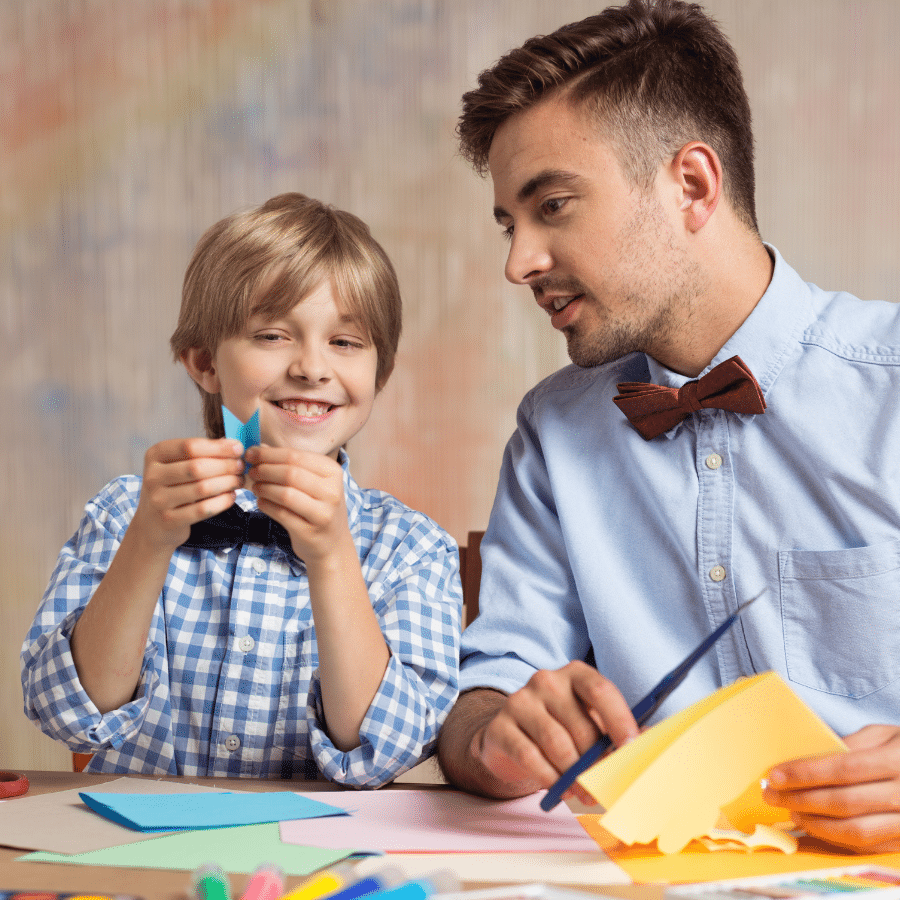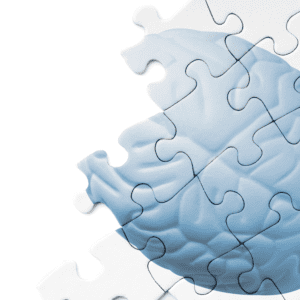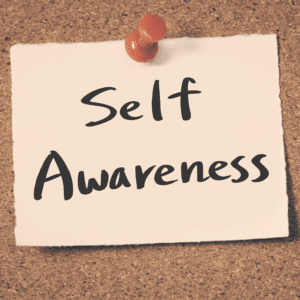介绍
创造力是人们经常谈论的一项技能,但很难定义。许多人认为创造力是只有艺术家才能拥有的东西,但事实是,我们每个人都至少拥有一定程度的创造力——你所需要的只是适当的环境和鼓励。创造力是学习和教育的重要组成部分,但有时很难在你的孩子或学生身上发现和培养它。在本文中,我们将探讨创造力对学习者和教师的意义,从定义这个术语本身到确定它如何影响学习成果。
什么是创造力?
Creativity is a process and a mindset, not a skill or talent. We all have the ability to be creative, but it takes work and practice to develop our creativity. Creativity involves taking risks and making mistakes; it’s often a combination of many different skills (for example: art, writing or math). There is no one definition of creativity because there are many ways that we can express ourselves creatively!
Creativity can be applied in any field including education – both in learning environments as well as teaching methods themselves; business – developing new products/services; science – conducting research projects etc…
创造力为何重要?
Creativity is important for learning because it helps you to think about things in a new way. It encourages you to look at problems from different perspectives, which can help you find solutions that are more creative and innovative.
Creativity is also important for problem solving as it allows people to come up with new ideas and solutions when faced with difficulties or challenges. For example, if someone is stuck trying to solve a puzzle or work out an equation in maths class then their teacher might ask them: “How could we do this differently?” This encourages them not only think about different ways of doing things but also come up with new ideas altogether!
大脑如何处理创造力?
The brain is a complex organ, made up of billions of neurons that communicate with each other through electrical signals. The brain constantly learns and changes. It can be trained to be more creative, or less so–and this has implications for learning in school environments.
The first step towards understanding how creativity works in the brain is understanding how neurons work together as a network (or “circuit”). Neurons are cells that process information through electrical signals; these signals travel along axons (the part of the neuron that conducts electricity) until they reach dendrites (the part where incoming signals are received). When enough signals reach a certain threshold level within a given time period, they trigger an action potential: an electrical impulse that travels down into synapses where neurotransmitters transmit messages across gaps between cells called synaptic clefts before ending at another dendrite or soma (cell body).
教育对创造力的益处。
Creativity is an important part of learning and education. Creativity allows us to solve problems, learn new skills, innovate and communicate effectively. It also helps us collaborate with others.
Creativity can be defined as the ability or process of producing something new, which has value for the person who created it or others (OECD, 2016).
富于创造性的开放心态。
Creative open-mindedness is essential to learning. It is not the same thing as intelligence or education, but it’s a crucial component of both.
Creative open-mindedness means having an ability to be flexible with your thinking–the willingness to consider new ideas and approaches even when they may seem strange or unusual at first glance. It also involves being willing to learn from others who have different perspectives than yours, which is why creative open-mindedness can be so important in our globalized world today: if we want students who are prepared for life after school (and beyond), then having this skill set will help them succeed in whatever field they choose!
好奇心在创造力中的作用。
Curiosity is the desire to learn more about something. It’s a natural part of the learning process, and it can lead to new ideas and solutions.
Curiosity can be a source of motivation for students as well as teachers: when people are curious about something, they want to find out more about it. This desire may encourage them to work harder on their projects or studies so that they can answer their questions satisfactorily (or at least get closer).
创造力对于学习至关重要,但有时很难识别和促进它。
Creativity is an essential part of learning, but it’s not always easy to identify and promote. Creativity is a complex phenomenon that involves many different skills, abilities and dispositions. It’s also influenced by factors such as age and personality type.
That said, there are some things we can do to help foster creativity in our classrooms and schools:
- 鼓励孩子在学习过程中敢于冒险;这将帮助他们尝试新想法,而不必担心失败或尴尬
- 以现有知识为基础,而不是从零开始
- 为学生提供与他人分享作品的机会
总结
创造力是学习和教育的一项重要技能。创造力很难发现和培养,但我们可以通过多种方式鼓励学生发挥创造力。创造力包括开放的心态、好奇心、愿意尝试新的想法和方法以及在必要时愿意承担风险。我们希望本文能为您提供一些想法,让您了解如何在课堂或机构中鼓励更多创造性思维!









